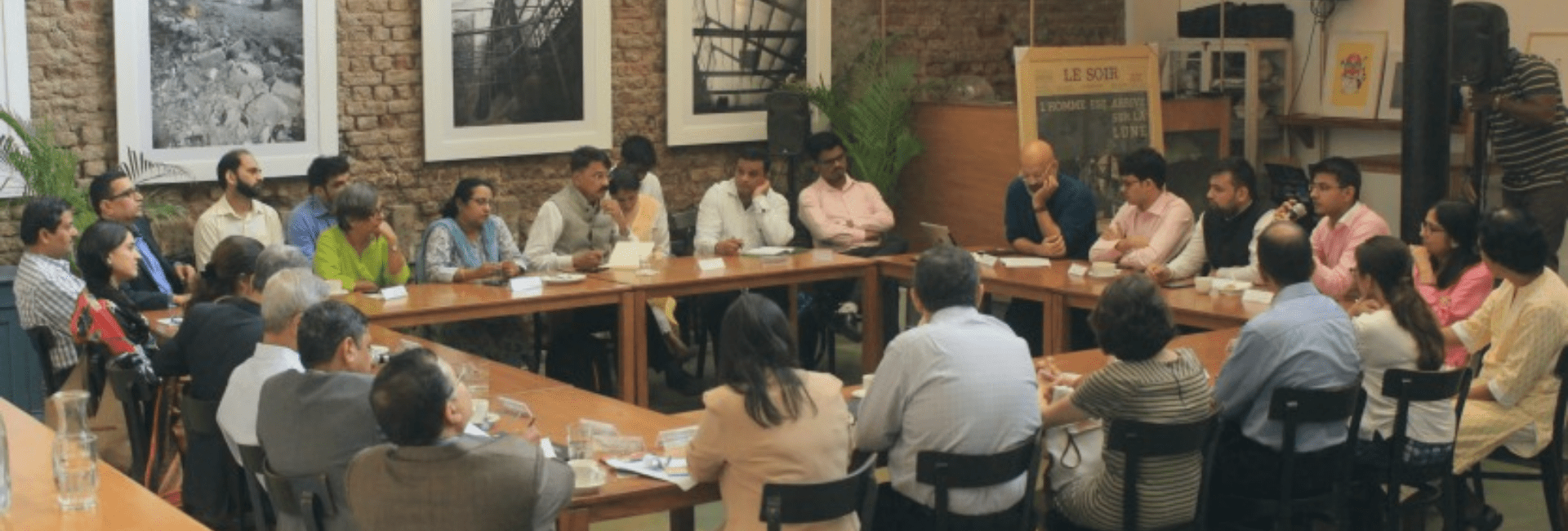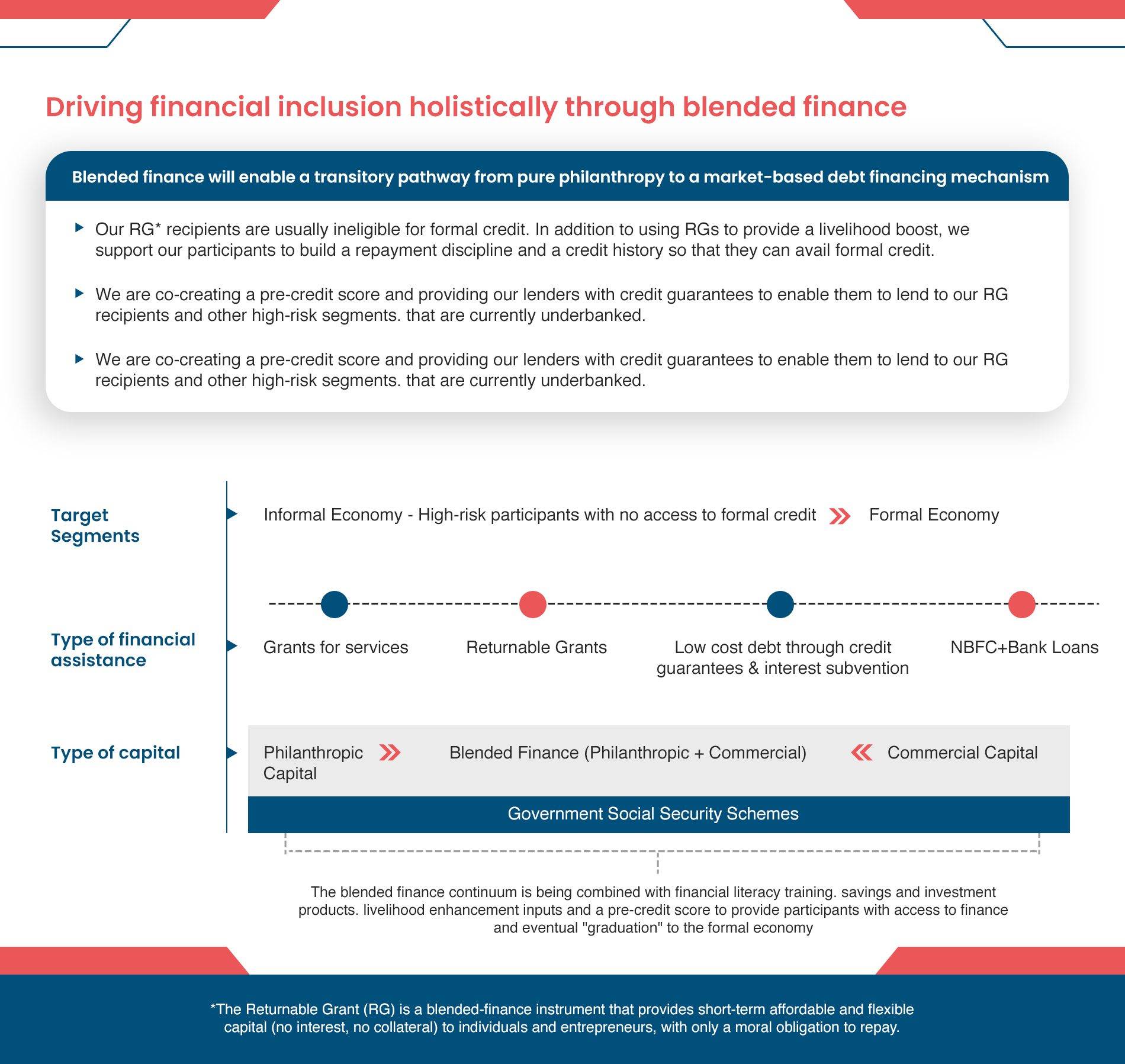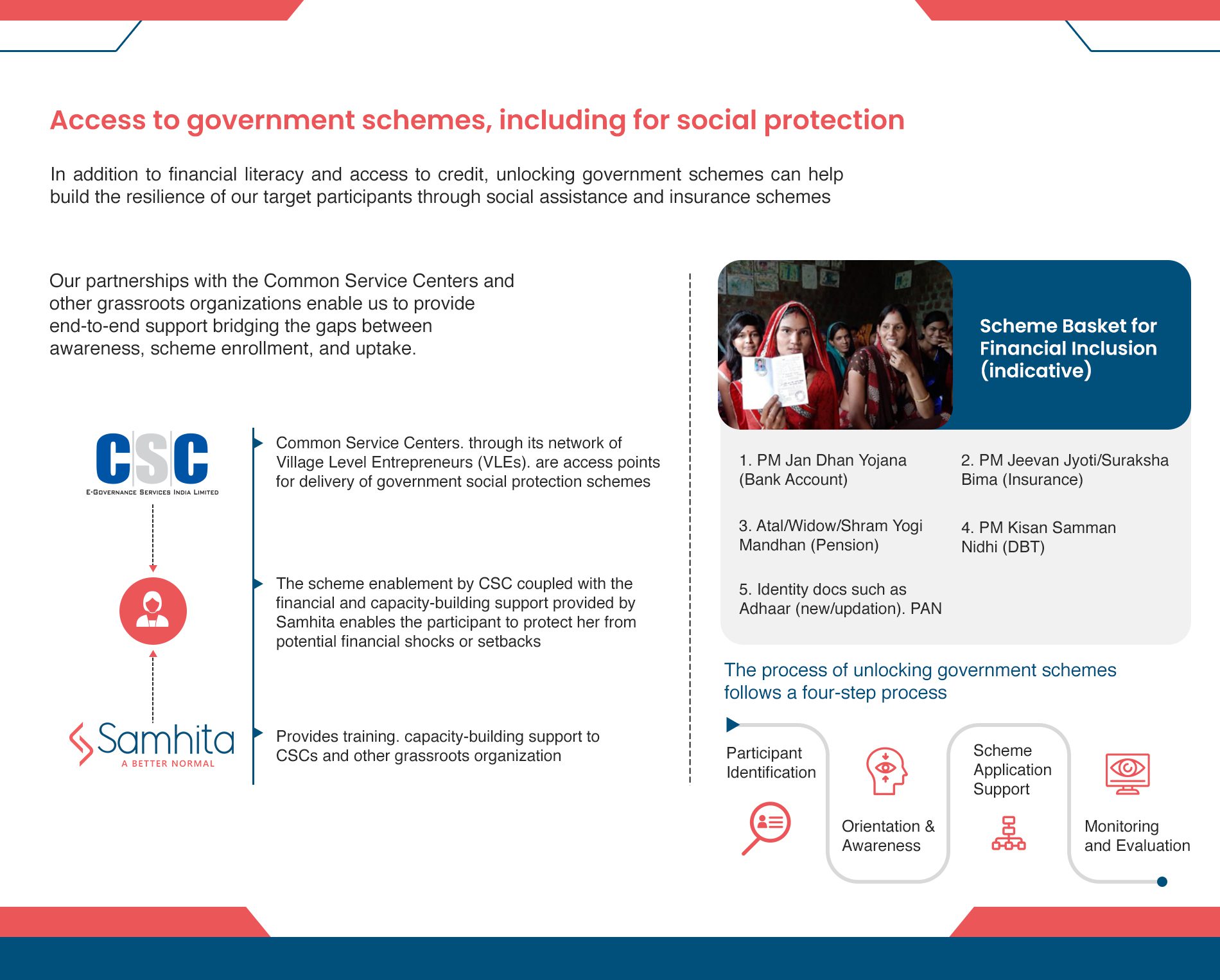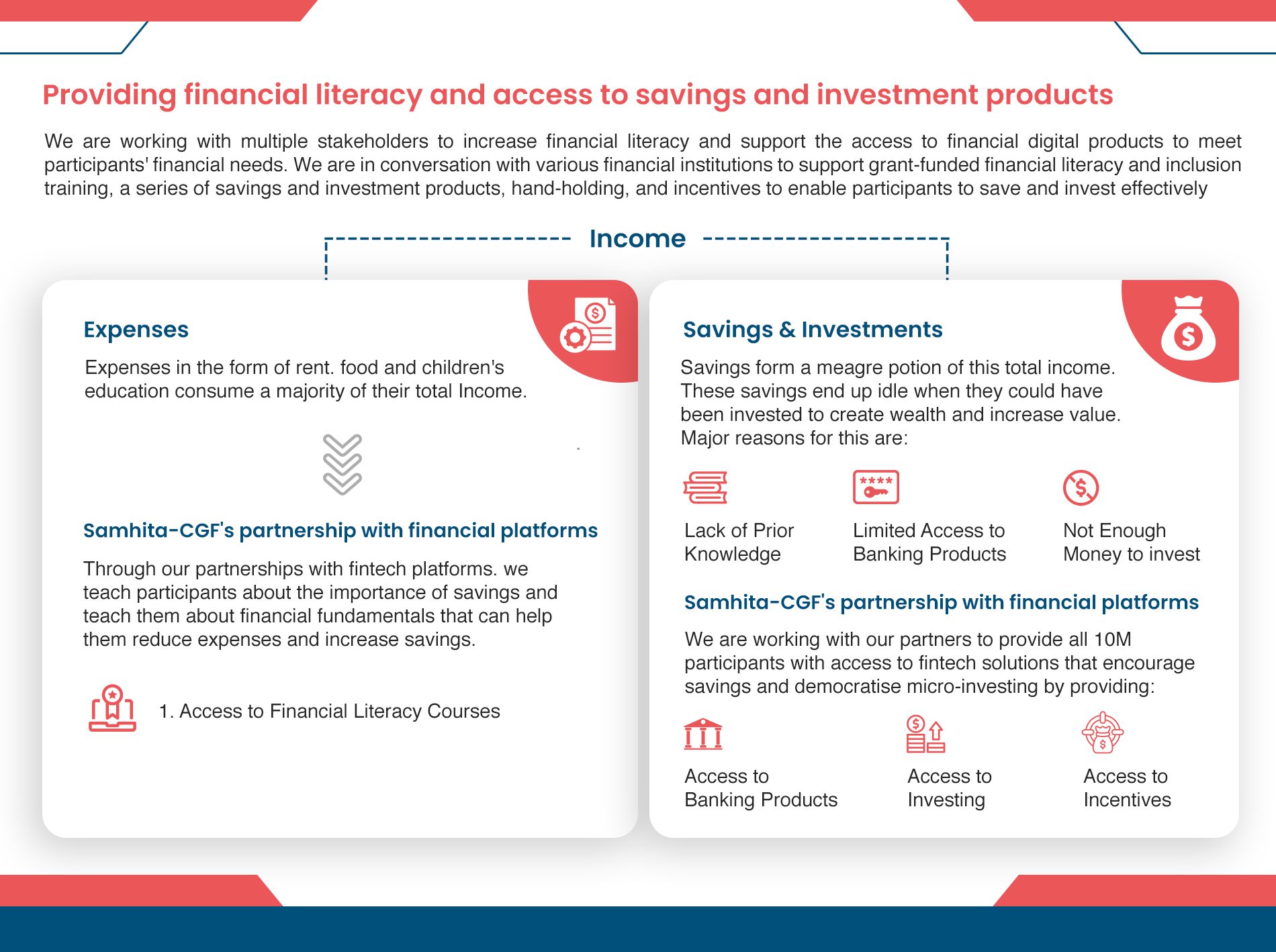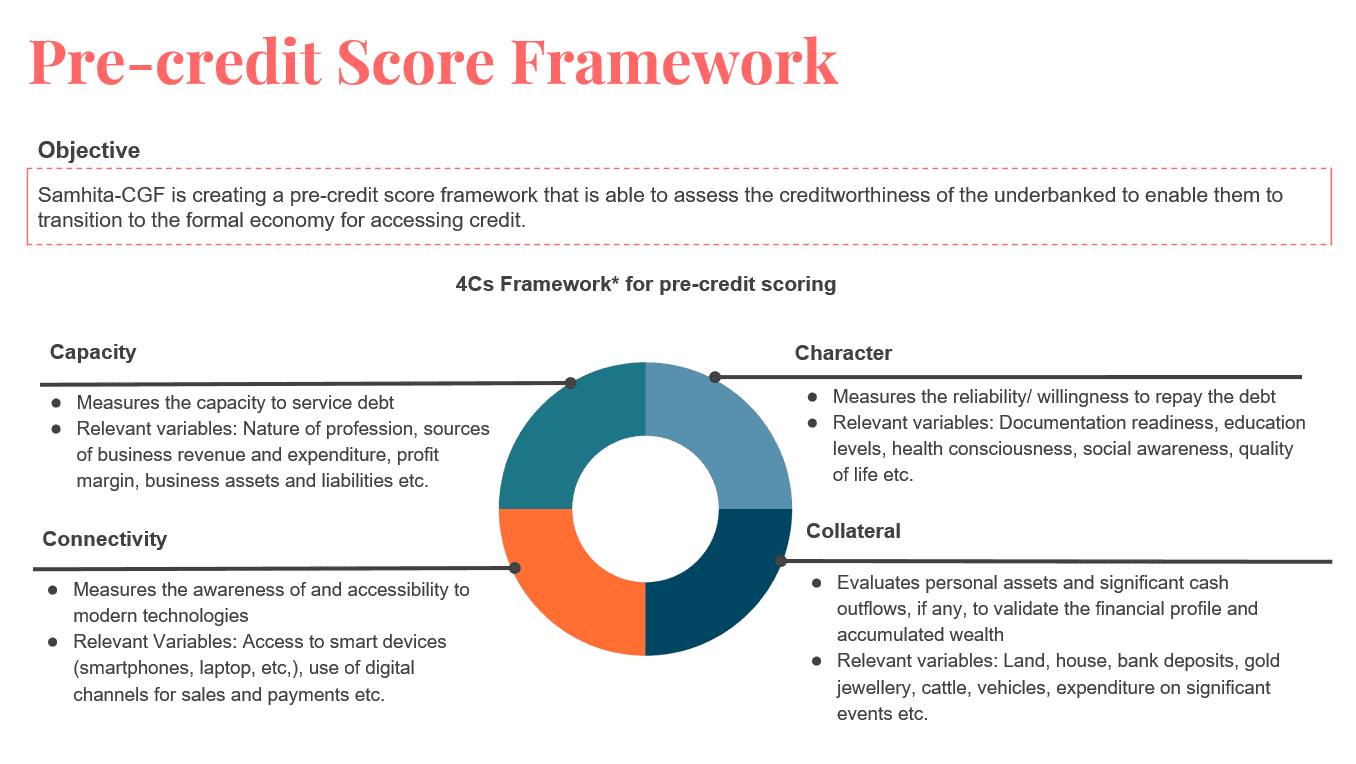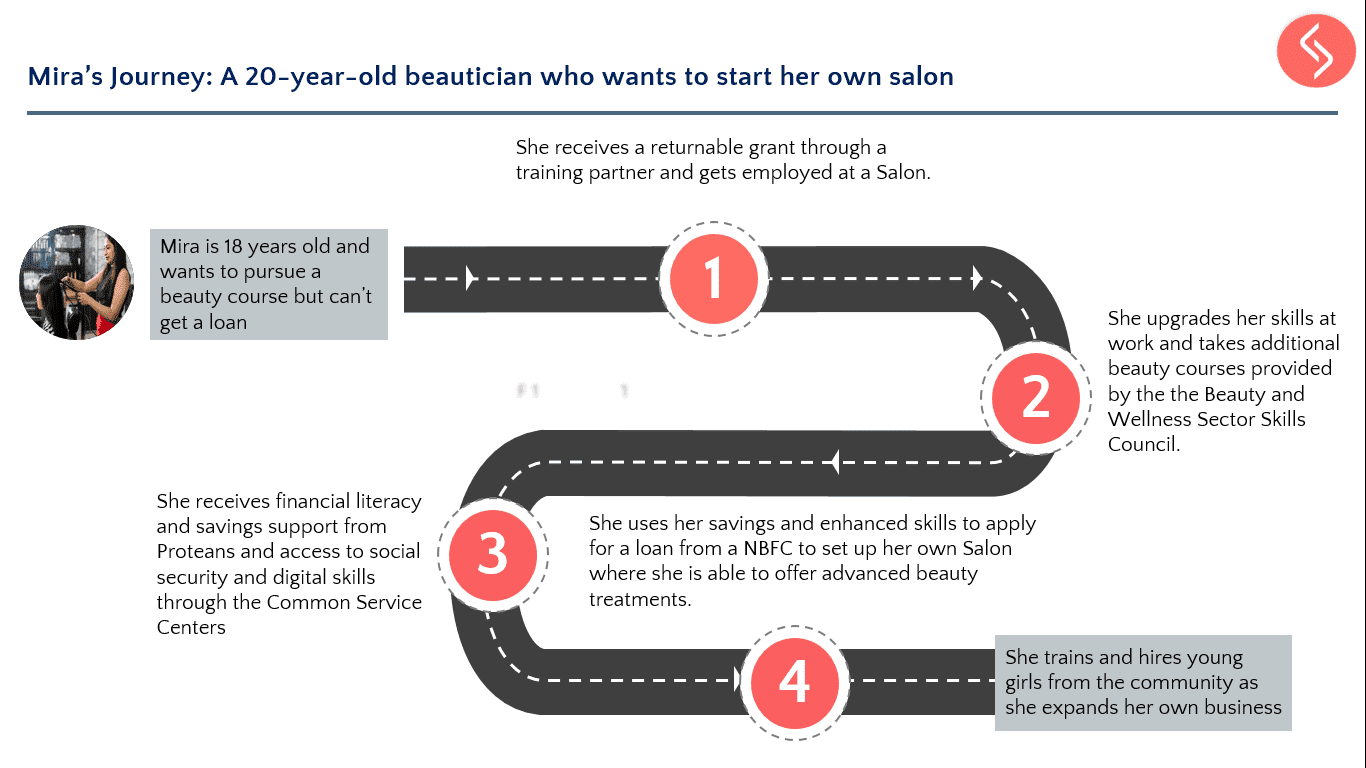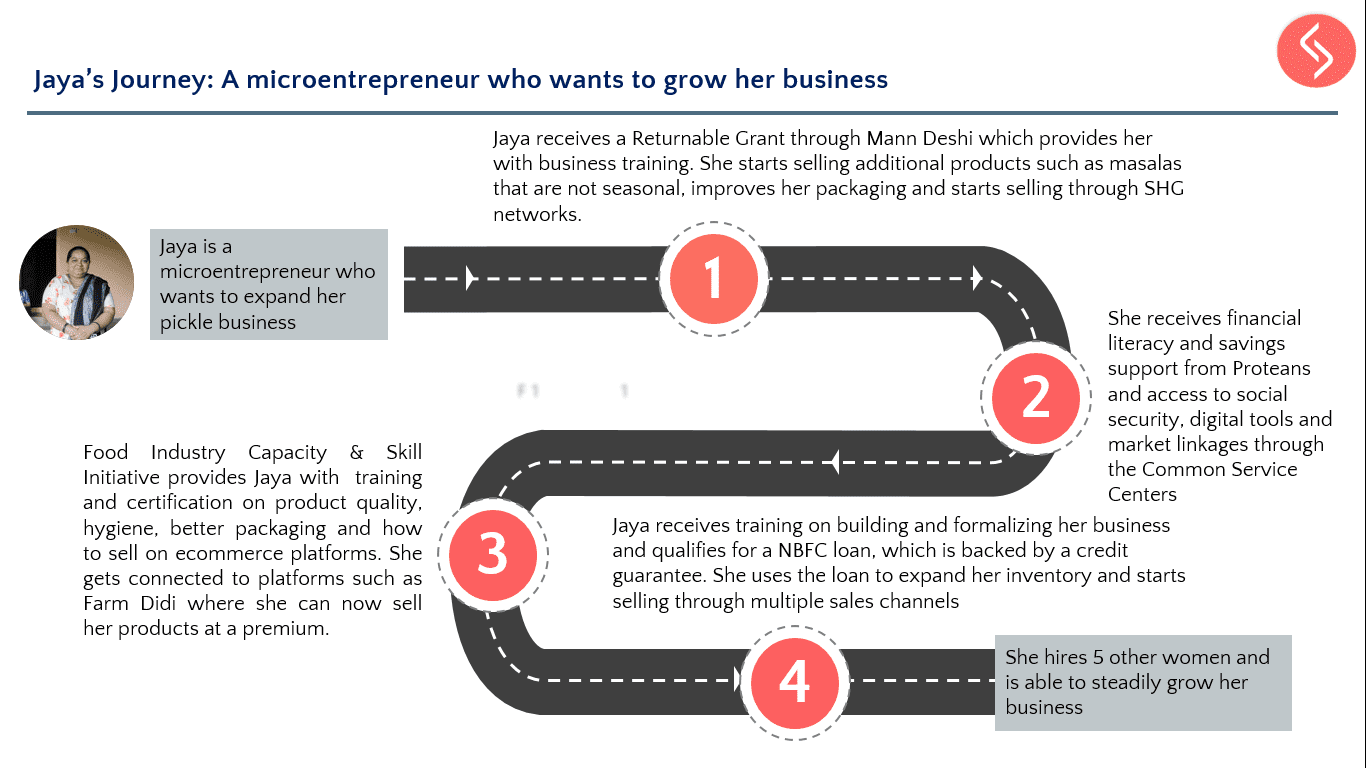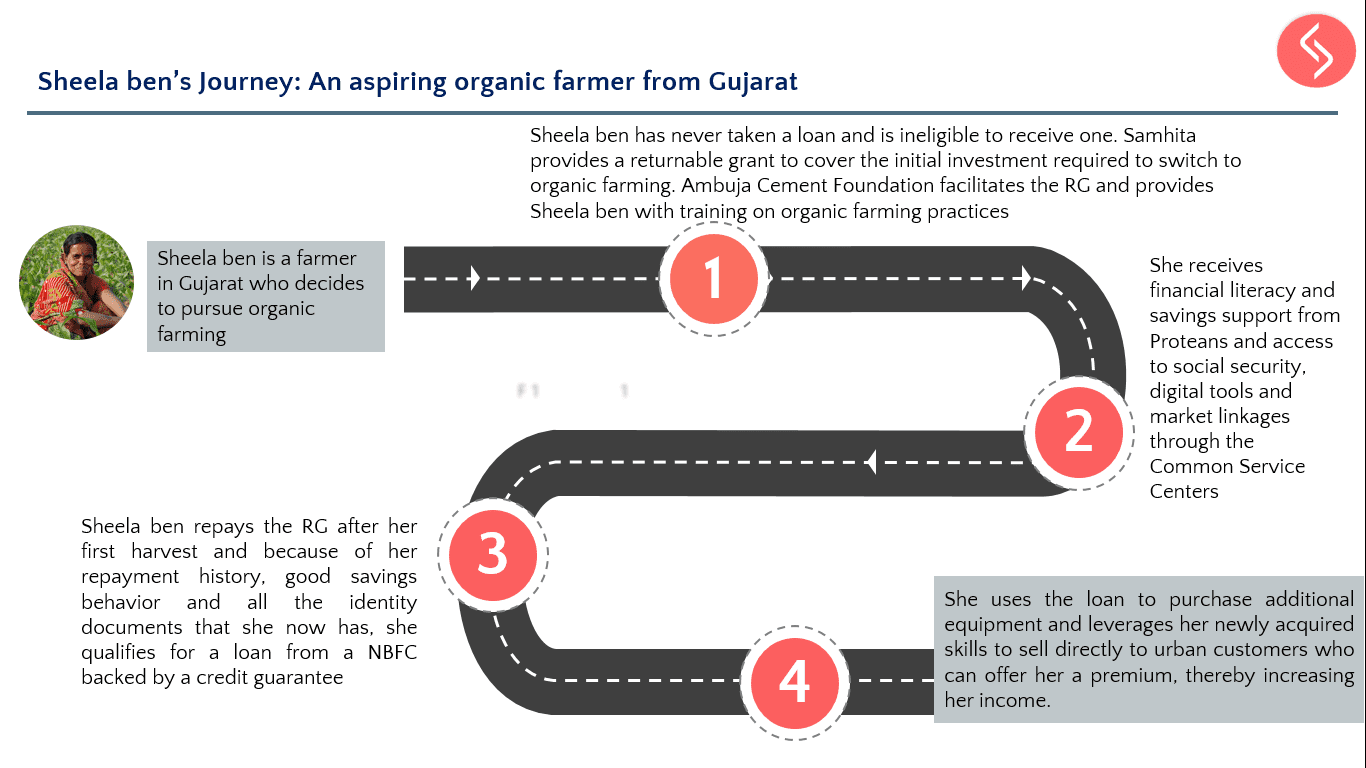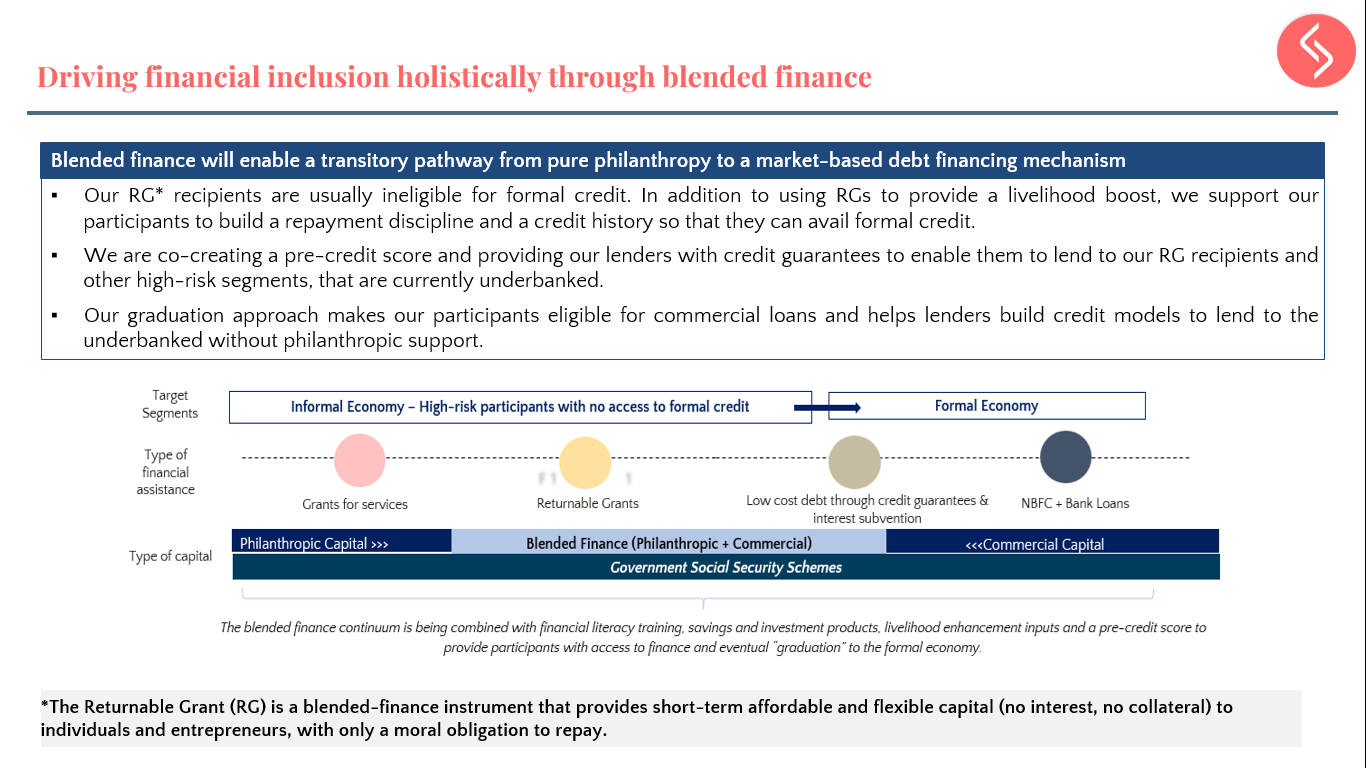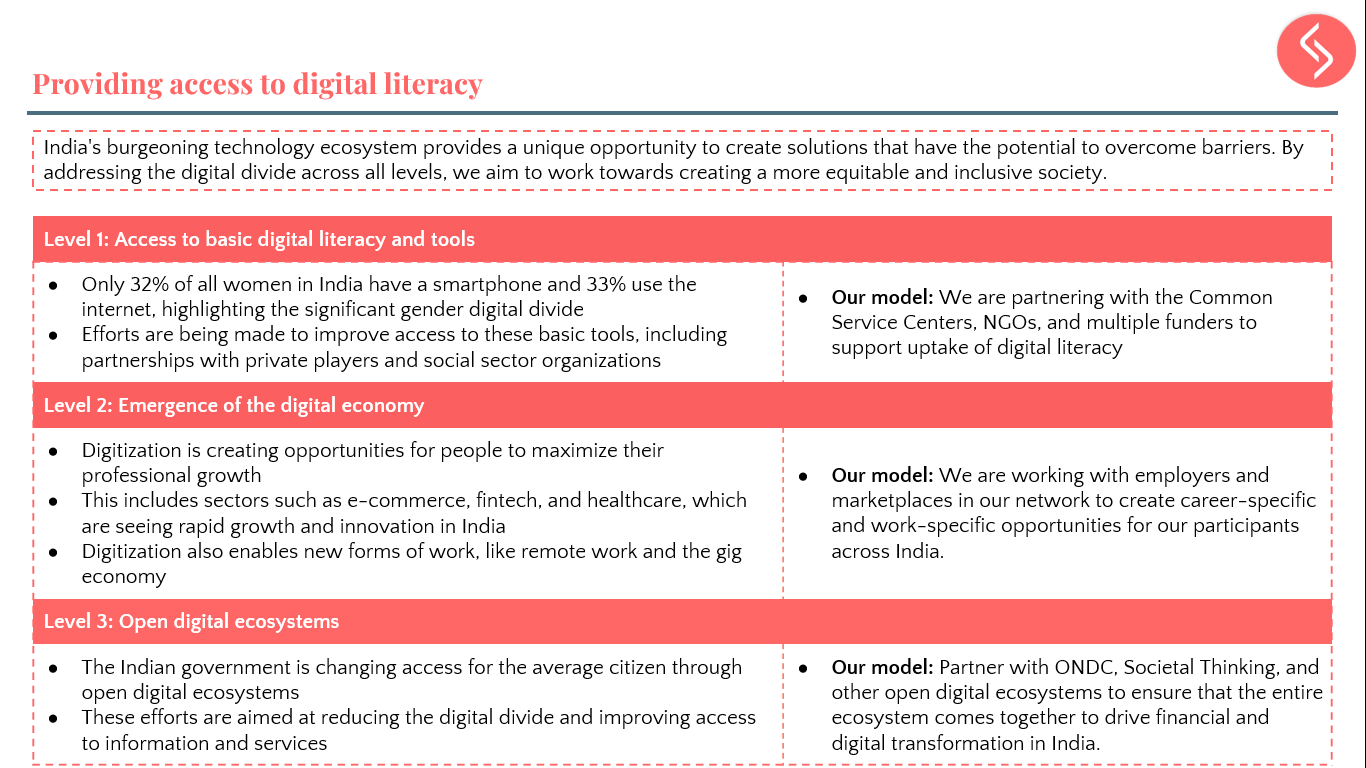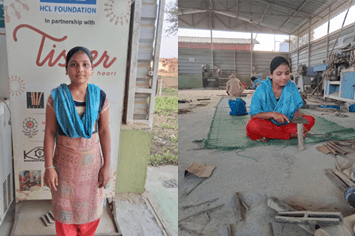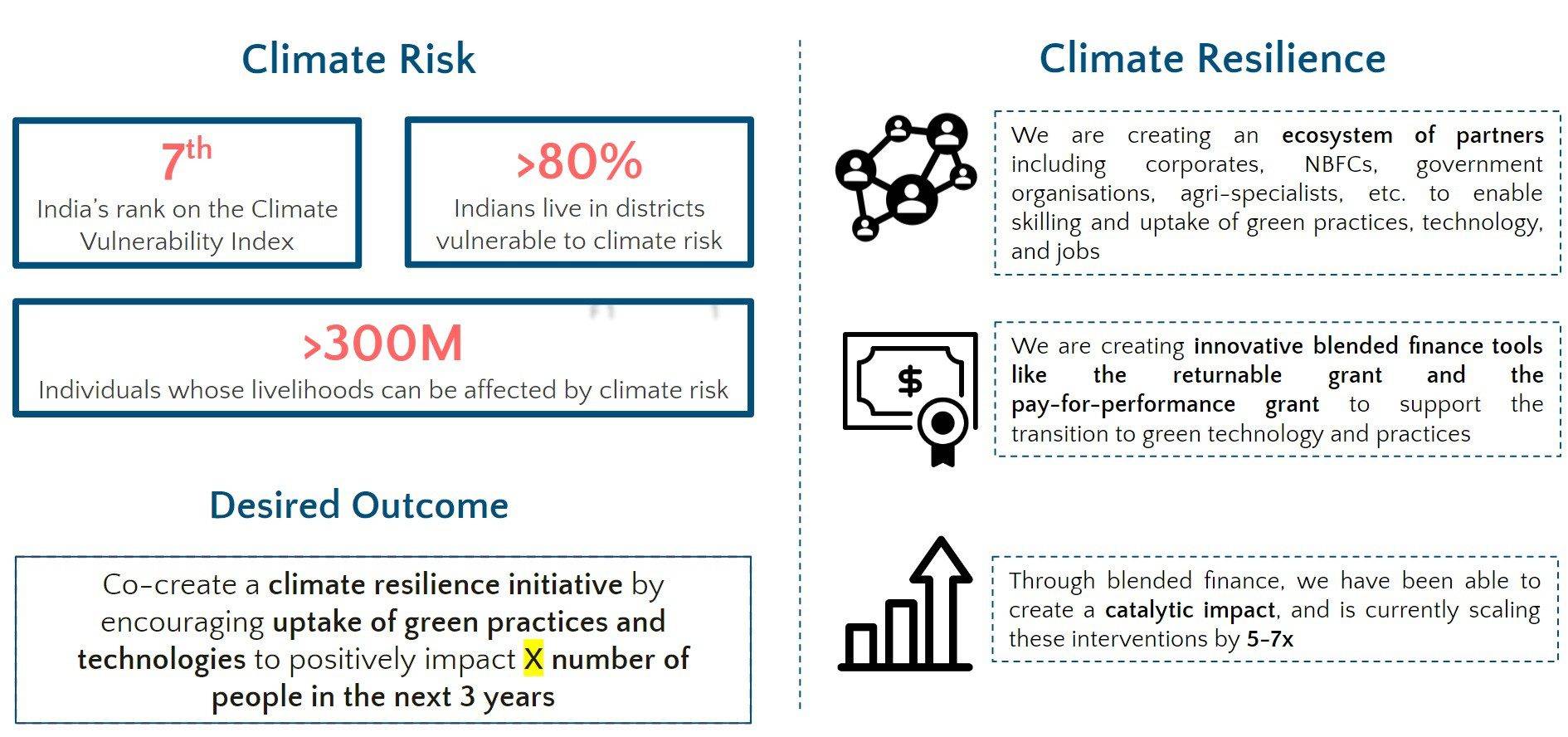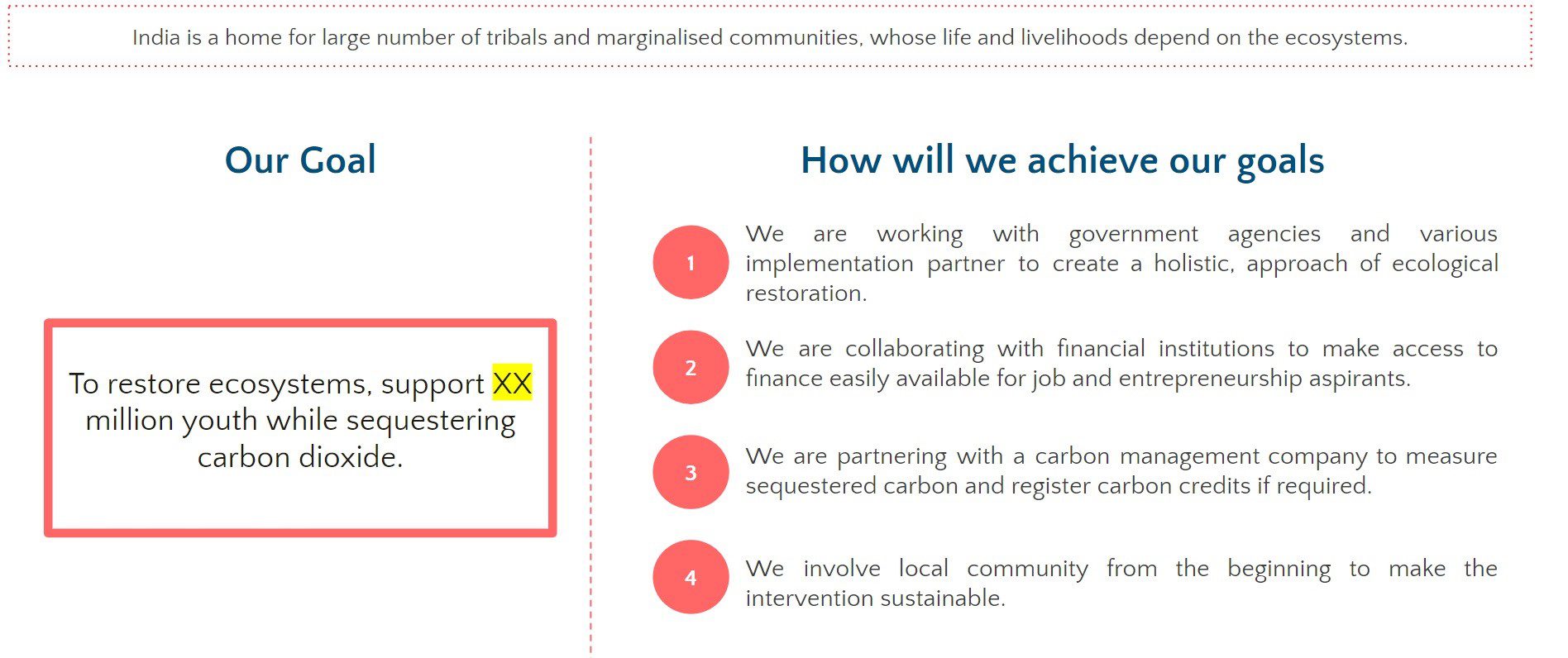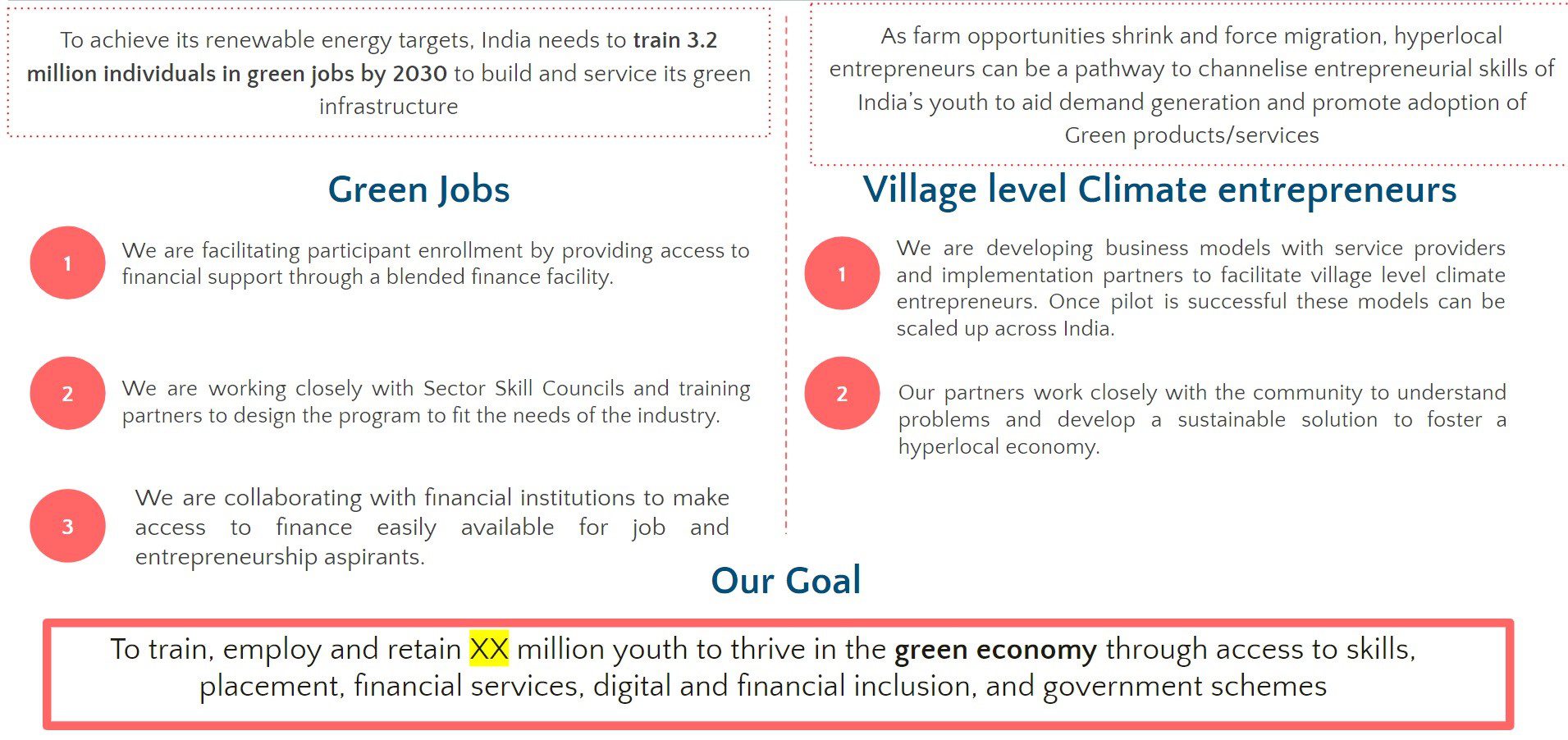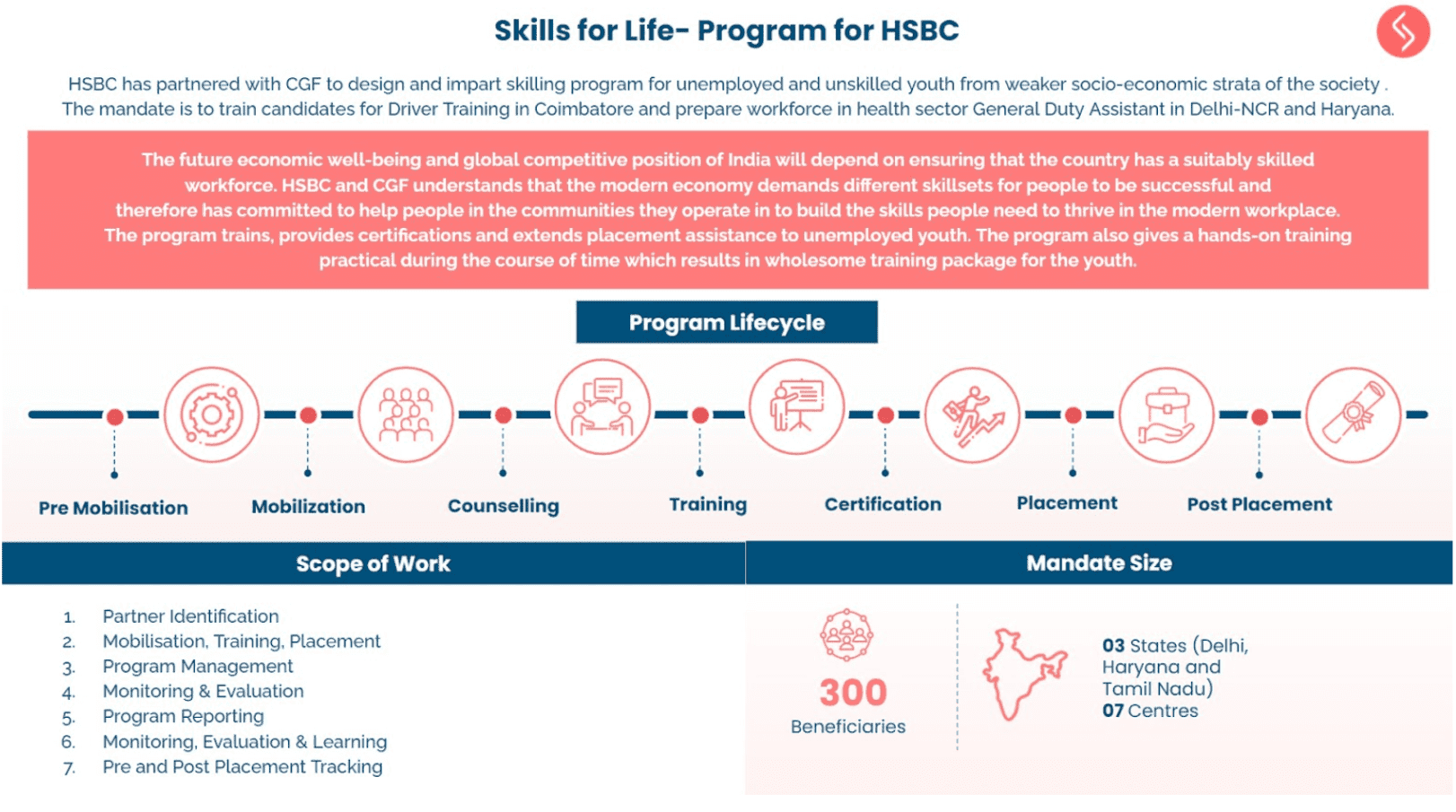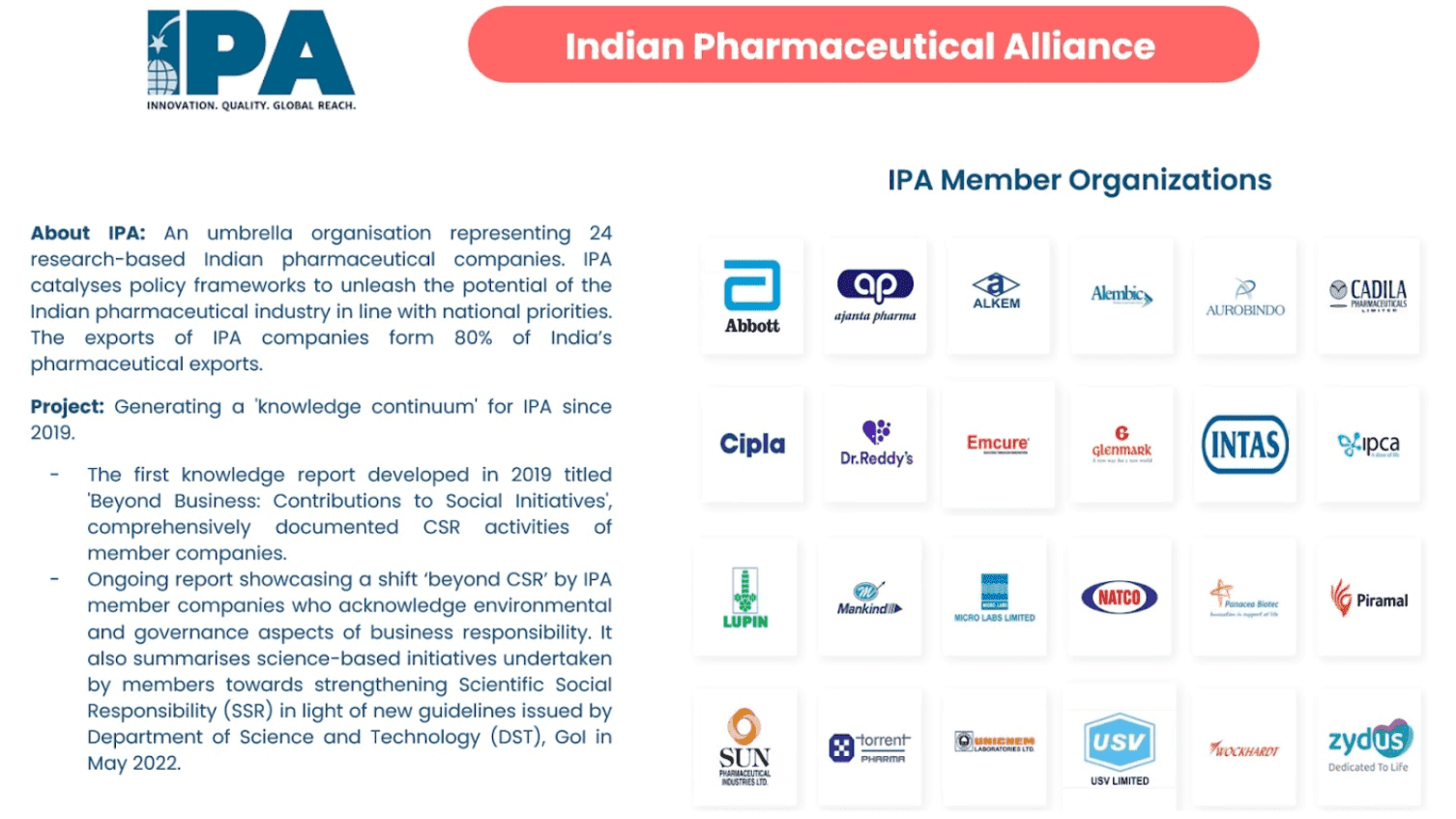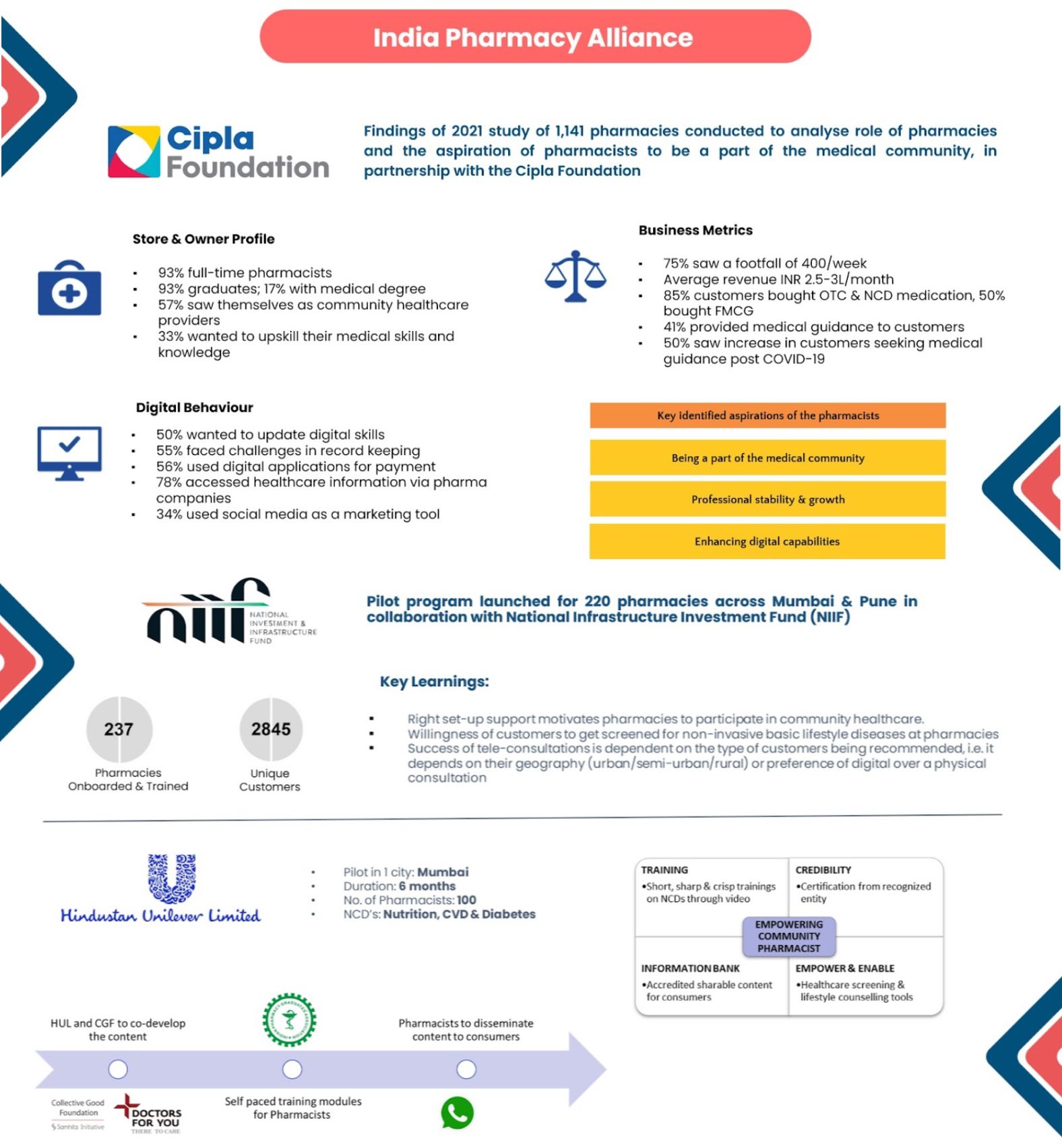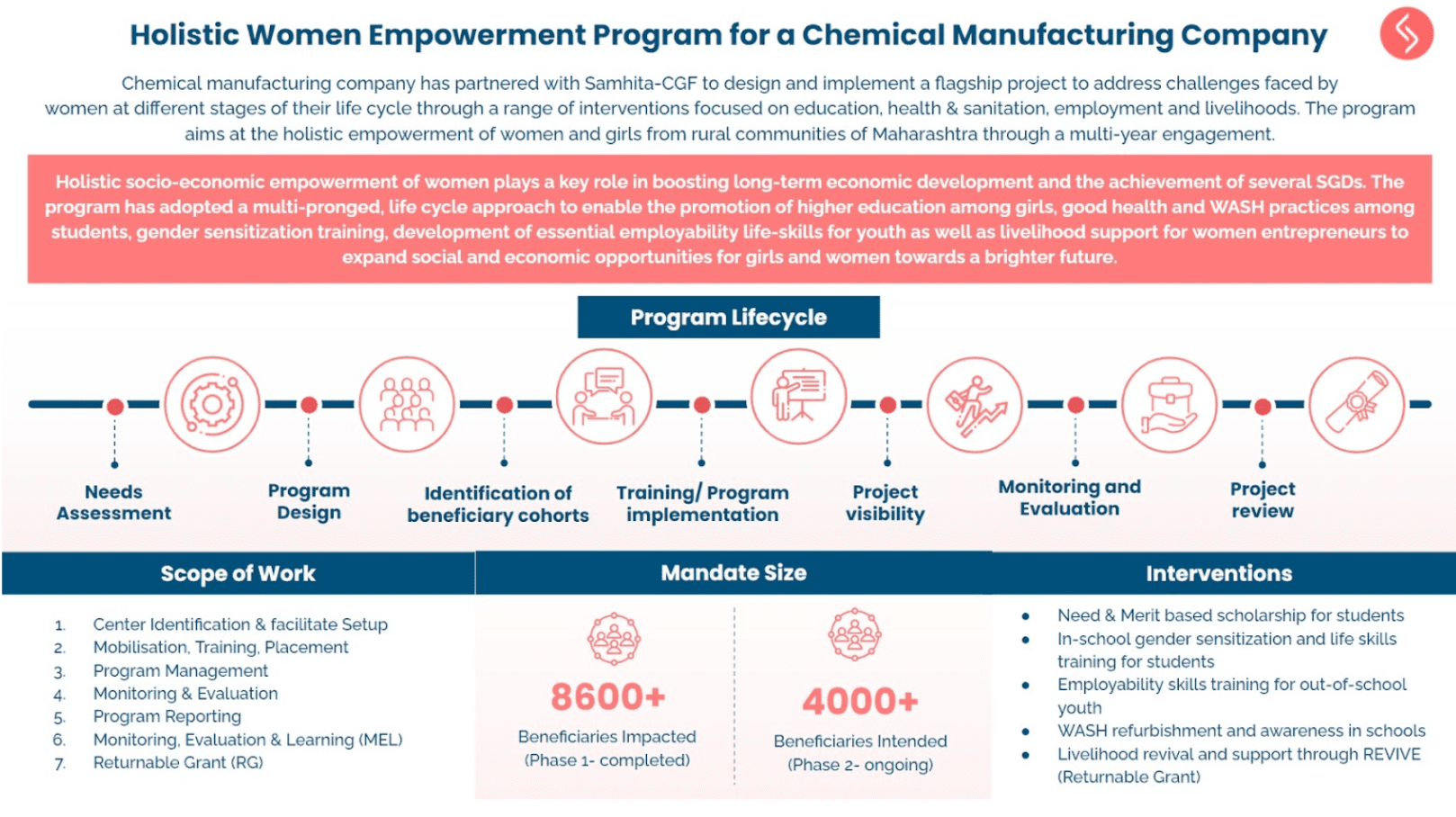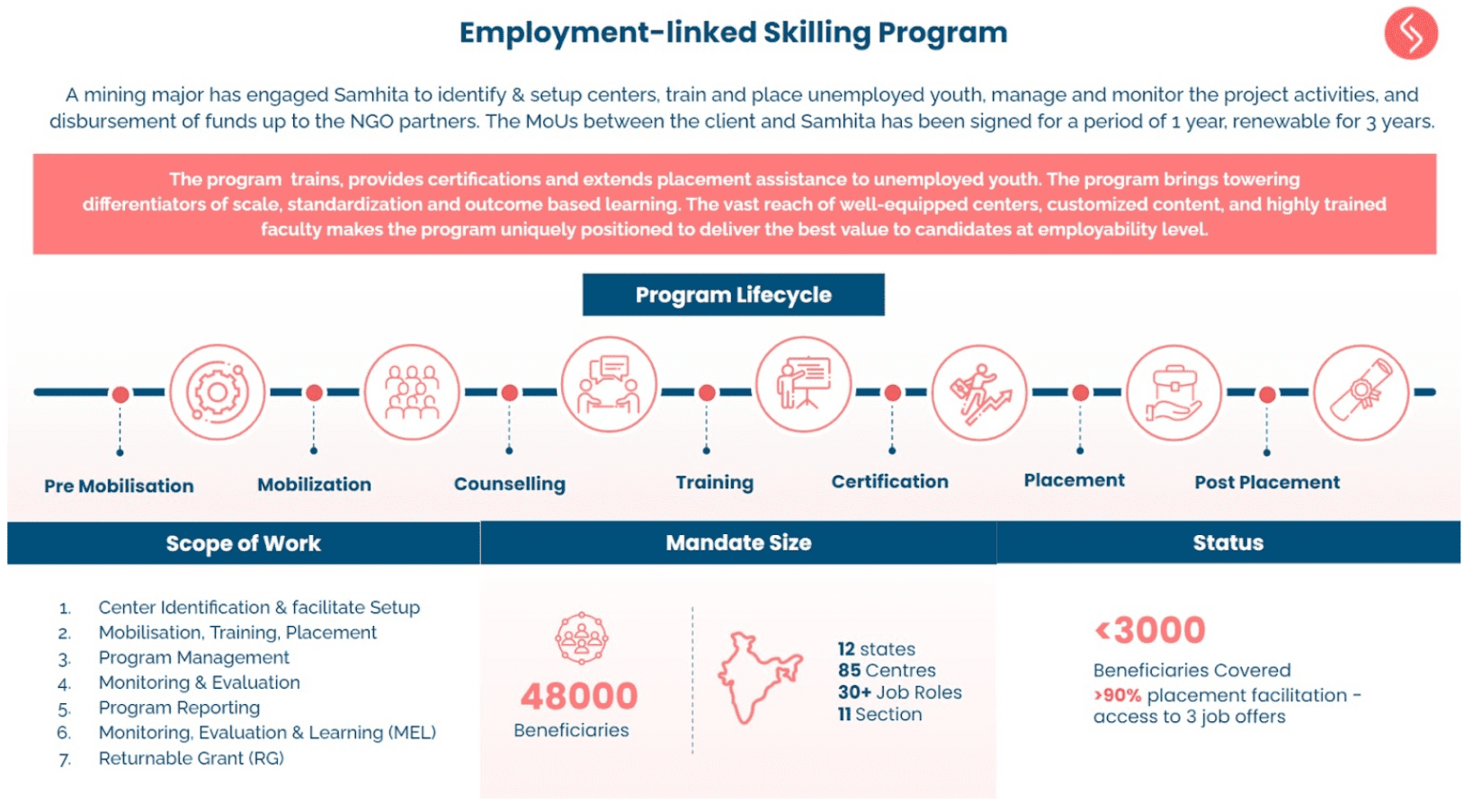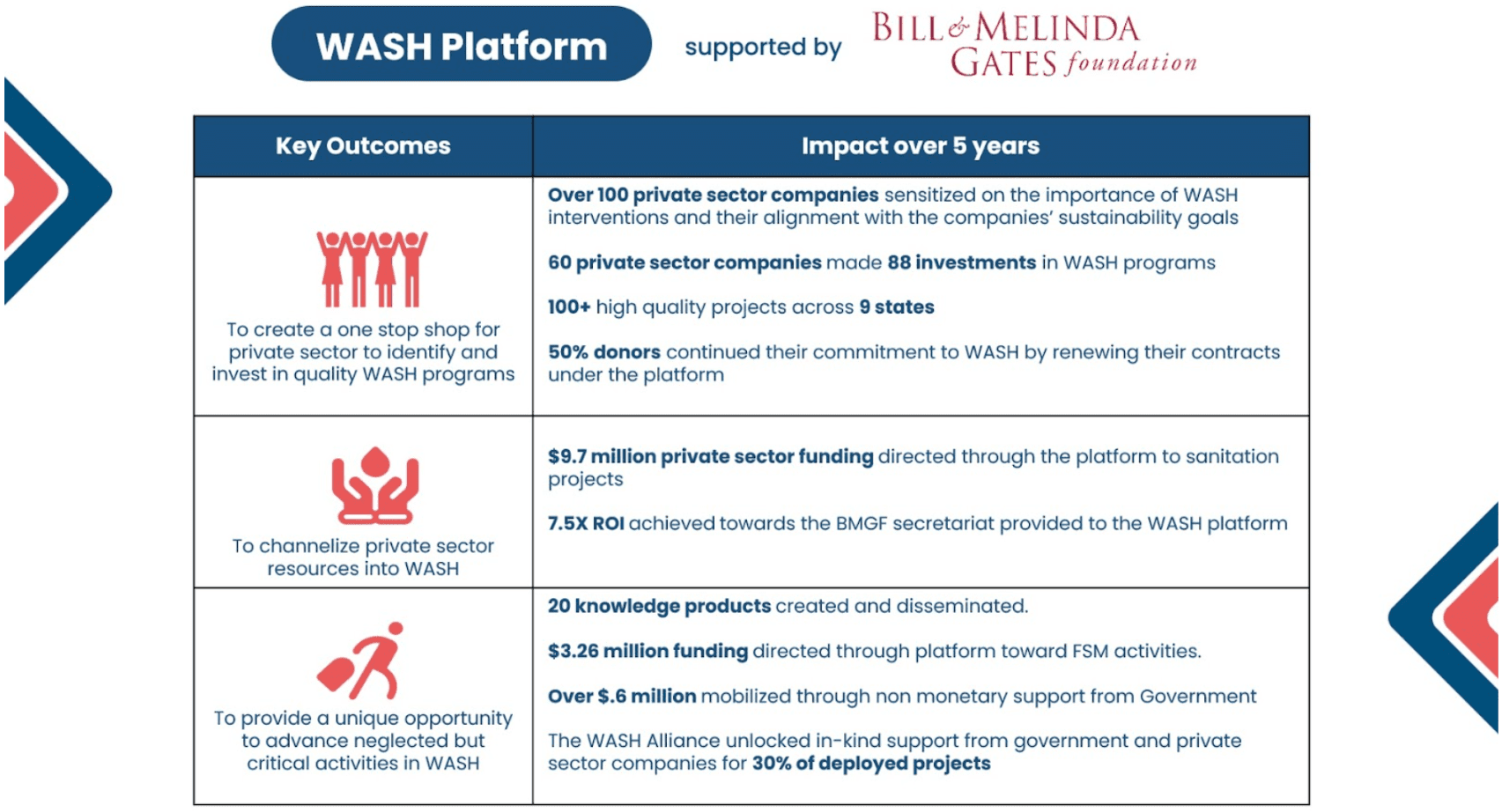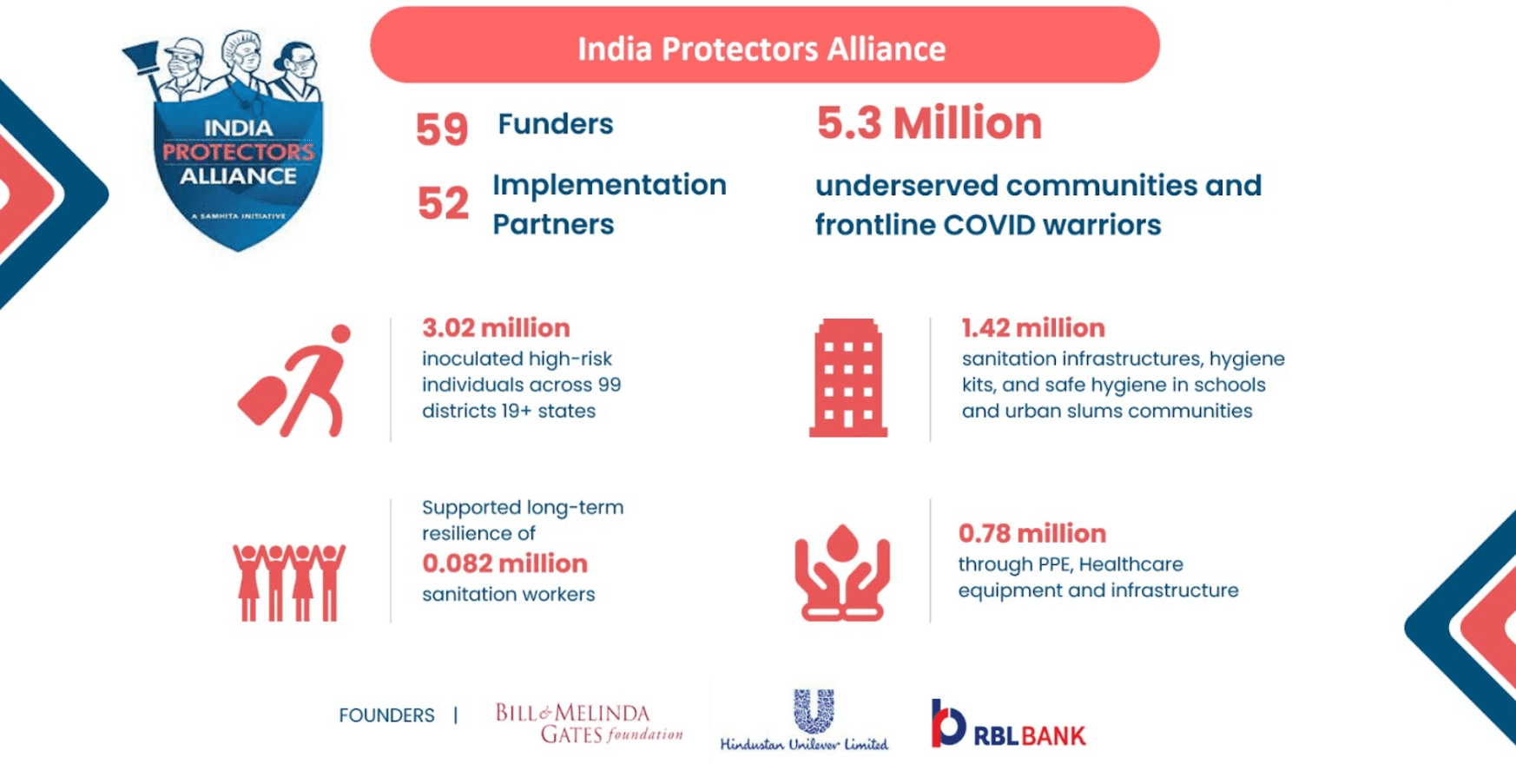Over the years there have been many successful public-private partnerships that have combined the efficiency of the private sector with government access and scale, to bring about social change. Yet, corporate-government partnerships retain an air of mystery with few frameworks available for those interested in initiating such partnerships or navigating existing ones. To discover best practices in such partnerships, we invited companies and government representatives for CSR Café #2 to explore the theme, Creating Impact through Corporate-Government Partnerships.
CSR Café is a space for senior corporate leaders and decision makers to convene and freely discuss on matters and themes related to CSR and their own aspirations in the social sector. Co-created and hosted by Ambuja Cement Foundation and Samhita, the forum provides stakeholders a space to evaluate successes in CSR, address challenges collaboratively and innovate to bridge gaps. The inaugural session of CSR Café was held on July 4, 2018 around the ‘The Five Ways CSR Heads Can Create Lasting Change.’ You can read more about it here.
This 2nd edition was held on September 7, 2018 at Café Zoe, Mumbai, moderated by Luis Miranda, Trustee – Collective Good Foundation, Chairman – Centre for Civil Society and Chairman – CORO. We invited three Chief Minister’s Fellows, Yash Kirkire, Saurabh Kanada and Shyam Datye to shed light on how government departments worked, the various processes being institutionalized by the Chief Minister’s Office to initiate and facilitate partnerships, as well as some suggestions for easier and more effective project management.
Some of the attendees included senior leaders from L&T Realty, NASSCOM Foundation, JSW Foundation, Swades Foundation, CLP India, Shriram Transport and Finance Limited, Shapoorji Pallonji, Omkar Foundation, Nomura, Mastek, JetPrivilege, and RBL Bank.
Here is a brief summary of the conversation:
Things to Remember to When Partnering with the Government:
- Approach the Government with Existing Funds: Since the government manages public funds, any spending requires intensive due diligence and auditing. This affects the quality and speed of decision making, making it difficult for companies to receive funding for collaborative projects. In cases where the government is willing to provide funding support, it looks at the extent of existing funding that the project might already have.
- Partner with Proactive Departments: The extent of bureaucratic and political backing for partnerships, varies among the different departments of the government. Partnerships see the light of day when there is substantial support and initiative to take on and facilitate collaborative projects versus departments with jurisdiction issues, convoluted hierarchies and weak bureaucratic will to push projects.
- Cooperating with Bureaucrats: Despite instances of significant push back from bureaucrats, they are willing to work on projects where they can showcase their work and successes to superiors. They often have relevant insights to provide of on-ground realities.
Steps taken by Government to Facilitate or Manage Partnerships:
- Address Bureaucratic Bottlenecks: There are multiple channels used by the CMO to identify and address any existing or potential bottlenecks. For instance, the CMO calls a quarterly meeting of District Collectors, fellows, bureaucrats and office bearers to go over the various partnerships, LOIs, and MoUs which are in the pipeline.
- Institutionalize Learnings: Ashwini Saxena, JSW Foundation, noted that current measures to enable partnerships were largely ad-hoc, based on individual action rather than systematic change based on previous learning. He asked if new processes for partnerships and takeaways were being institutionalized. The Fellows shared that these learnings were being systemized by the Chief Secretary’s Committee, which follows up on partnerships, tracks LOIs and pursues various other measures to facilitate government partnerships.
- Categorize Partnerships: Mangesh Wange, Swades Foundation, suggested categorizing all partnerships & MoUs based on certain parameters. This would help analyze aspects such as what worked, why it worked and potential for scale up, among others.
Making Government Partnerships Work:
- Using a PMU-Model: The Fellows suggested using a Project Management Unit model as an effective method of ensuring successful partnerships with the government. Creating a unit of private sector personnel to sit within government offices and ministries and lead a project, similar to the UNICEF model, would help ensure timely implementation and effective management.
- Consortium-model for Smaller Companies: Smaller companies with limited budgets could tie up with companies of similar size to create a consortium which could then approach the government for partnerships.
- Leveraging Political Support: Despite companies avoiding politicians, the CM’s Fellows suggested that leveraging political interests could be an effective and efficient route to initiate and drive partnerships. Combined with a PMU model, partners could keep track of partnerships and ensure progress.
- Demonstrating Successful Models: Companies and organizations could demonstrate a successful model or pilot, to provide the government with a strategy and pathway to follow.
- Using Data for Decision Making: Government spending is often based on precedence. Data-based governance could provide much needed clarity based on actual need, and check arbitrary decision making.
- Sensitizing District Officials: During implementation, engaging district-level officials and bureaucrats, changing their mindsets and sensitizing them were noted as key challenges. One suggestion made was to scope out the various organizations already working with the government at different levels and partner with them.





